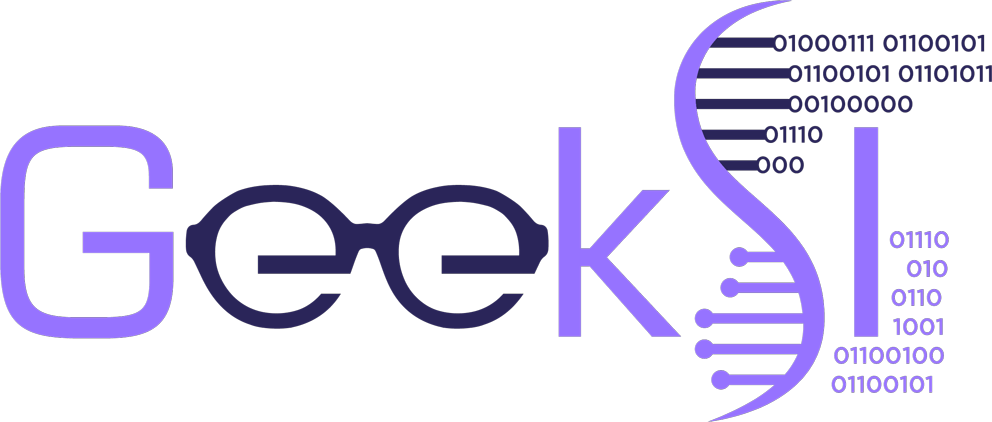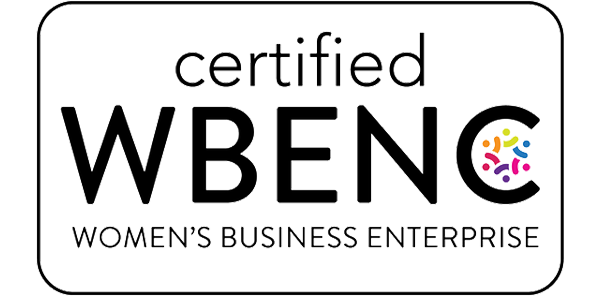In our last blog, we explored ways to get young women more interested in STEM by increasing the representation of women in STEM-related careers in popular culture. While this is a great first step, it isn’t enough. We also need our government to help encourage the hiring and promoting of women professionals and Women-Owned Businesses (WOBs), especially Women-Owned Small Businesses (WOSBs). Currently, the federal government has programs in place to help WOSBs; however, they rarely, if ever, meet their goals for contracting WOSBs and there are virtually no repercussions for federal agencies who do not meet these goals.
On December 31, 2015, the U.S. Department of Commerce created a report for the WOSB Program of the Small Business Administration titled “Utilization of Women-Owned Businesses in Federal Prime Contracting.” The report, over 60 pages in length, details how WOBs and WOSBs are not chosen for government contracts at the same rate as similar non-women-owned businesses. No matter what field the contract may be in, STEM-related or otherwise, WOBs and WOSBs face an uphill battle. In fact, “the odds of winning a contract for Woman-Owned Businesses are estimated to be roughly 21 percent lower relative to the odds of winning contracts by otherwise similar firms that were not identified as WOBs.”
The report goes on to say that “WOBs have statistically significant lower odds of winning contracts” and that “the industries in which WOBs are less likely to win contracts account for about 85 percent of contracts and of dollars obligated,” meaning that WOBs and WOSBs are missing out on 85% of the federal government’s contracts and missing out on a significant amount of money. How can the U.S. government help women, WOBs, and WOSBs overcome these odds? Let’s take a look at a few possible ways to close this gap and give women and their businesses a fighting chance.
Make WOSBs a Bigger Priority for Set-Asides
The U.S. General Services Administration explains that set-asides are used so that “the federal government establishes formal goals to ensure small businesses get their fair share of work in the federal market.” To accomplish this, “each federal agency must set an annual goal for participation by different types of small businesses.” The initial suggested percent for WOSBs is only 5%, which seems like it should be no big deal; however, only once in the more than 15 years since the 5% set-aside for WOSBs was suggested has that number been reached (during the 2015 fiscal year with 5.06%). In fact, it took until 2013 for federal agencies to reach 4%. The current fiscal year has only reached 4.28%.
Create North American Industry Classification System (NAICS) Codes for Economically Disadvantaged Women-Owned Small Businesses (EDWOSBs) in Technology:
According to the United States Census Bureau, NAICS codes are “the standard used by Federal statistical agencies in classifying business establishments for the purpose of collecting, analyzing, and publishing statistical data related to the U.S. business economy.” NAICS may be a classification system, but it also helps small businesses have a better chance of being considered for big time jobs. Contracts will specify that the contract has been set aside for companies that are classified with certain codes, including WOBs, WOSBs, and EDWOSBs. The problem is that there are no NAICS codes for EDWOSBs in the technology category, meaning EDWOSBs don’t receive any more special consideration than WOSBs, even though they face even more hardships by being economically disadvantaged in addition to being women-owned.
Require a Minimum Percentage for the Female Workforce
Geek Sources is a WOSB whose workforce is 64% women and we are incredibly proud of that fact. Unfortunately, as a women-majority IT company, we are basically an unheard-of anomaly. Most companies don’t have a minimum threshold for hiring females, or if they do, it’s minimal. One group that does have a great track record of going above and beyond their required hiring amount for a specific demographic is Veteran-Owned Small Businesses (VOSBs). VOSBs go above and beyond their imposed requirements by employing a higher-than-average percentage of Veterans. However, VOSBs have an advantage because a lot of government contracts in recent years have required that the winning contractor have a minimum percentage of employed Veterans in order to apply for the project, encouraging contractors to team up with VOSBs.
Deniz Franck, our CEO at Geek Sources, states that “one way we could really see change is for the government to just nudge more business towards WOSBs that specialize in IT/Engineering.” If the government were to have the same or at least similar requirements for employing women as they do for employing Veterans, chances are we would see the number of women employed in IT rise. Franck takes this idea a step further, daring the government and the IT field to step up to the plate: “If they want to add a requirement that the workforce is 50% women, then we won’t have any problem matching it.”
If we were to give more WOBs, WOSBs, and EDWOSBs the tools they need to compete for large and small contracts, we would see a rise in both the success of these businesses and the number of women in the workforce, especially in IT and other STEM fields. If women and young girls see that WOBs working in technology fields are getting the resources, recognition, and income they need and deserve, they’ll be more likely to enter the technology workforce themselves.
In a 2016 article from The Washington Post, it states that “a more targeted focus on [females] could triple the number of women working in computing, from 1.2 million today to 3.9 million by 2025.” This would increase their share of jobs in these fields by over 10% in less than 10 years. Technology growth isn’t going anywhere but up and the jobs it creates are only going to increase. Already, “employers simply cannot fill [computing] positions that are becoming increasingly critical to their businesses.” If we want the U.S. to contribute to and keep up with expanding technology fields, we have to encourage more women and WOBs and give them the tools they need to succeed. Put bluntly, “U.S. business can’t meet the demands of our digital economy if we do not unlock our pool of female talent.” It would be much easier to unlock this pool of talent if our government and federal agencies provided the necessary keys to do so.



